Re: AW Insect Book: Beetles - Photos & Descriptions
Posted: Mon Mar 23, 2020 4:27 pm
Leaf Beetle Leucastea sp.
Superfamily: Chrysomeloidea. Family: Megalopodidae. Subfamily: Megalopodinae.
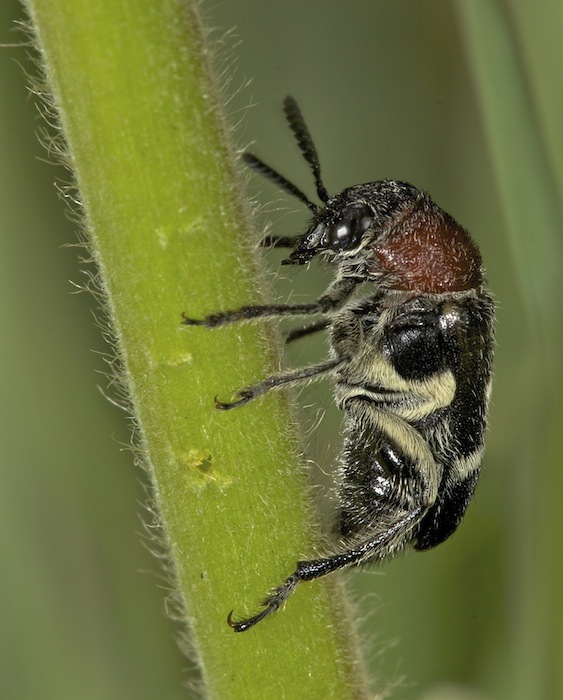 © ExFmem
© ExFmem
Imfolozi
Genus Leucastea:
Medium (about 5-10 mm), oblong, yellow or red and black leaf beetles. Punctured with coarse hair. Head exserted, constricted behind the protuberant eyes, the latter with the emarginate portion smooth. The antennae are thin, about as long as the head and pronotum. Pronotum is wider than long, rounded. The legs are quite short and strong, strongly pubescent, the femora unarmed.
Many species recorded from South Africa.
Larvae in the subfamily Megalopodinae typically bore inside of plant stems.
Adults feed on herbs or small shrubs; they cut off the tips of succulent shoots and feed on the sap.
Males and females produce a chrirping stridulation sound with mesoscuto-pronotal stridulatory devices. The function of the stridulatory device may be in disturbing predators.
Links:
https://www.researchgate.net/publicatio ... stribution
Superfamily: Chrysomeloidea. Family: Megalopodidae. Subfamily: Megalopodinae.
 © ExFmem
© ExFmemImfolozi
Genus Leucastea:
Medium (about 5-10 mm), oblong, yellow or red and black leaf beetles. Punctured with coarse hair. Head exserted, constricted behind the protuberant eyes, the latter with the emarginate portion smooth. The antennae are thin, about as long as the head and pronotum. Pronotum is wider than long, rounded. The legs are quite short and strong, strongly pubescent, the femora unarmed.
Many species recorded from South Africa.
Larvae in the subfamily Megalopodinae typically bore inside of plant stems.
Adults feed on herbs or small shrubs; they cut off the tips of succulent shoots and feed on the sap.
Males and females produce a chrirping stridulation sound with mesoscuto-pronotal stridulatory devices. The function of the stridulatory device may be in disturbing predators.
Links:
https://www.researchgate.net/publicatio ... stribution
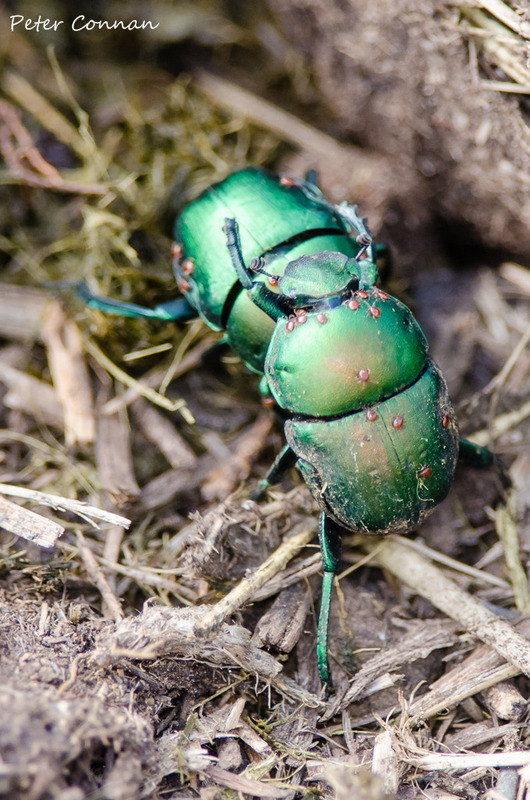
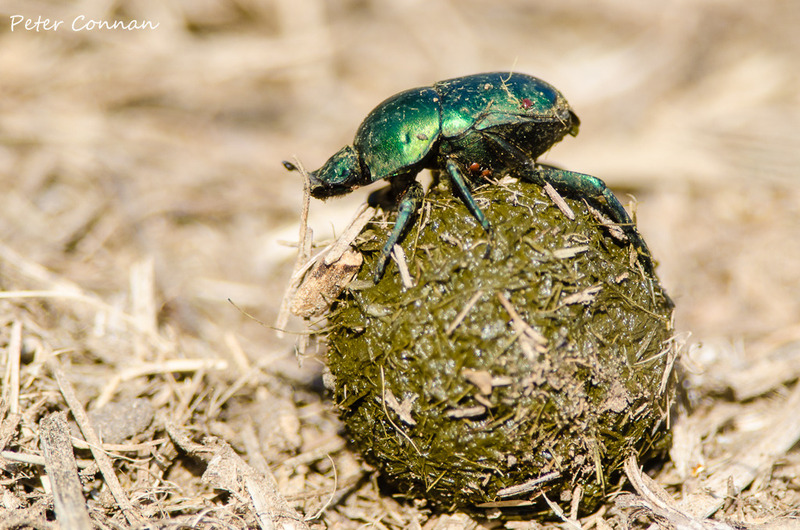
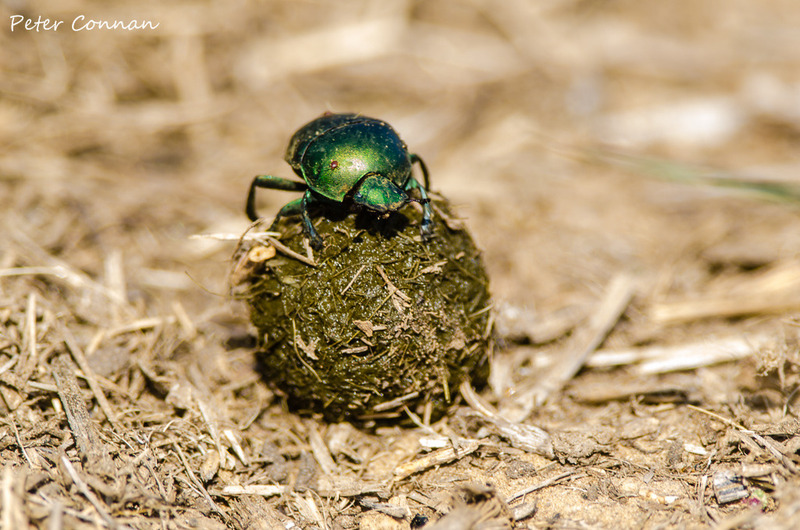
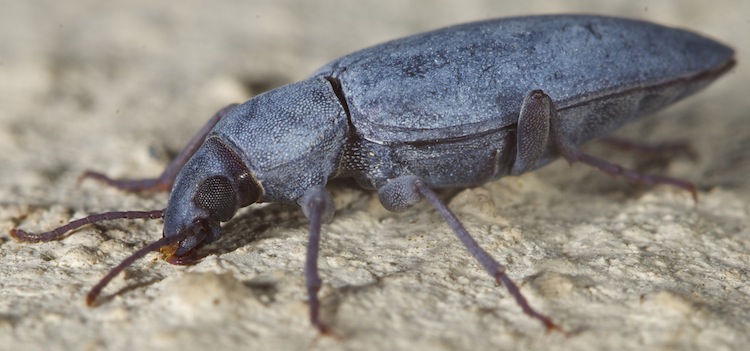
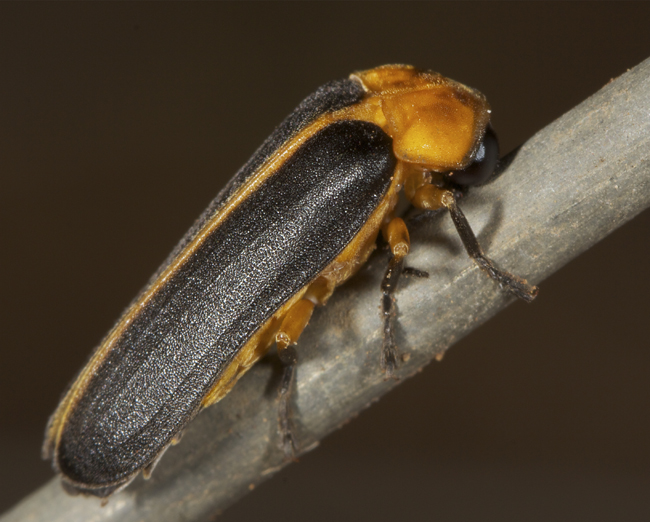
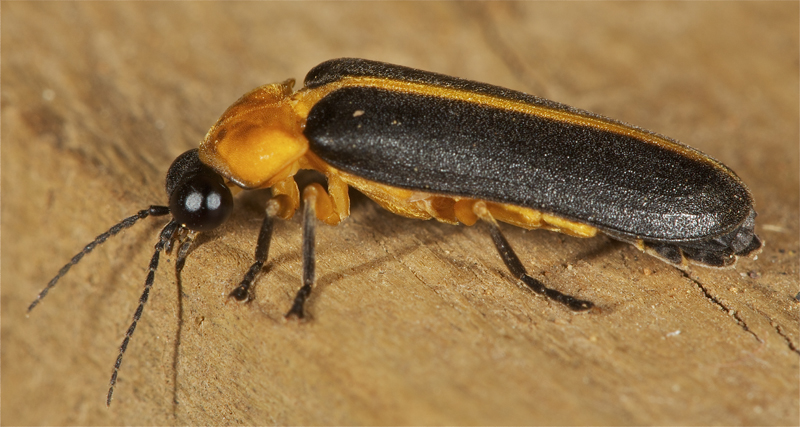
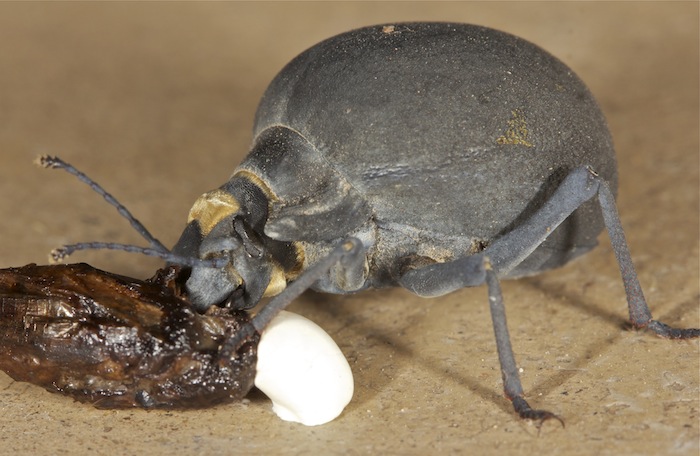 © ExFmem
© ExFmem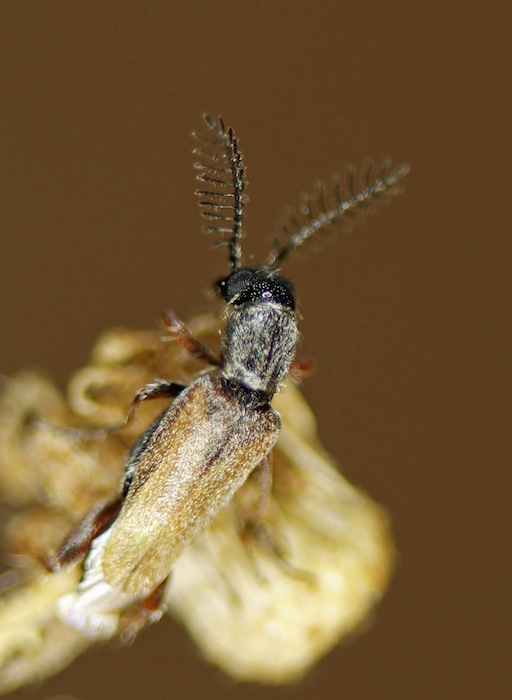 © ExFmem
© ExFmem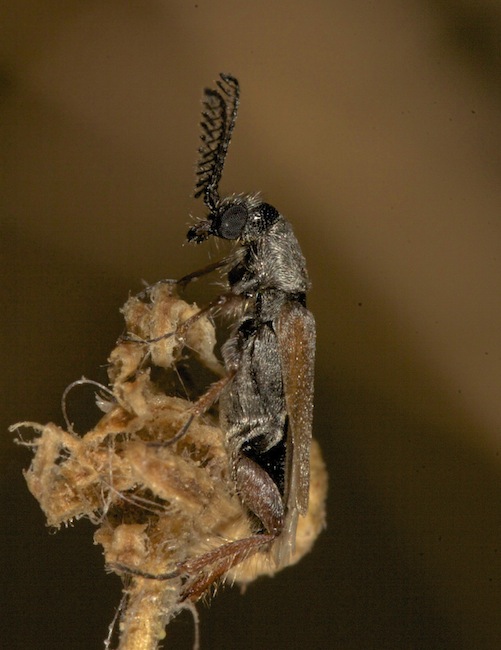 © ExFmem
© ExFmem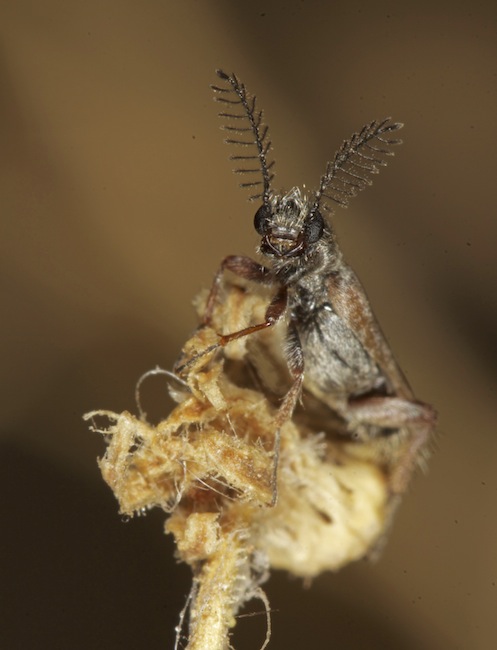 © ExFmem
© ExFmem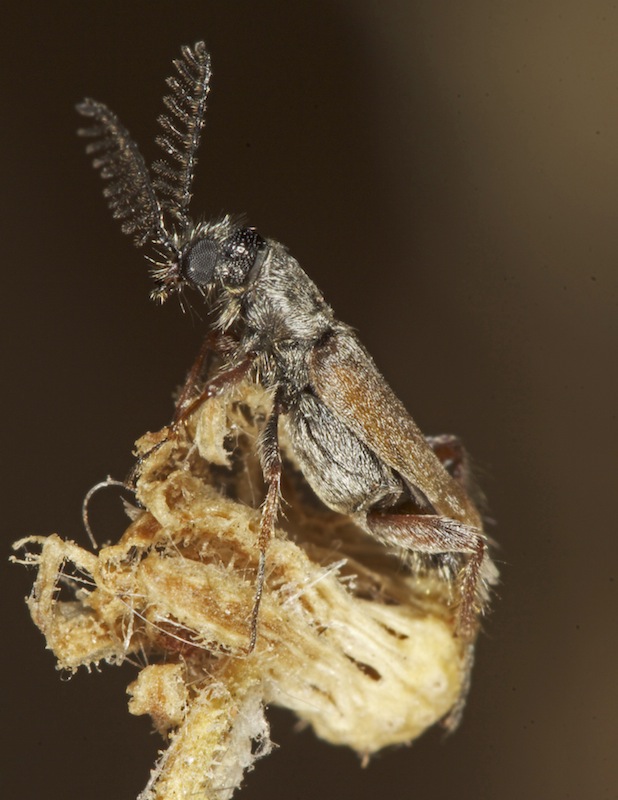 © ExFmem
© ExFmem